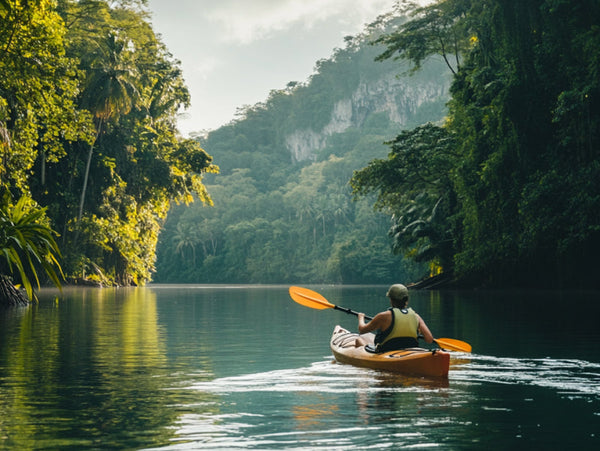Top 7 Tips for Kayaking Solo

For many people, just the thought of kayaking alone sends chills up their spine. What happens if something, you know, goes wrong out there?, they ask. Where will help come from? Will it arrive in time…?
To be honest, these are very wise questions when one is planning to kayak solo. After all, kayaking is like a lot of sports – the rewards come with risk.
With smart planning and a commitment to bringing other people into certain aspects of that plan, however, you can cut your risk dramatically. From there, the unique feeling of safely paddling in total solitude can be yours.
Here are 7 tips to make your solo kayaking adventure the best it can be:
✔️ Prepare and share a float plan. For the solo paddler, few things are more important. A float plan is pretty basic but can literally be a lifesaver in the unlikely event you’ll require emergency rescue support. Share it with a family member, friend or other reliable individual who will be waiting for your safe return from being out on the water.
✔️ Plan the route you intend to paddle and look it up on a map. In some cases, you can find a detailed navigation chart online, or pick one up at a marina near your launch area. These are usually a wealth of information about tides, dangerous rocks to watch for, channel markers and buoys, dams and waterfalls, portage sections, water depths and much more. Information is power while you’re out paddling solo. Gather as much as you can about the area you’ll be exploring in your boat. It might come in handy.
✔️ Stow a “noise maker” onboard or keep it on your person. For example, wear a lanyard with a loud whistle attached, or carry a marine grade 16 oz. air horn in one of your hatches. Use these items to summon help.
✔️ Pack a spare paddle and stow paddle float; tuck them under the deck lines of your boat for easy access.
✔️ Consider stashing a moleskin notebook and pen in your PFD. While out on the water alone you may be surprised to realize that many exciting ideas and inspirations often come to mind. Some people call these “Ah-ha!” moments. Find a good spot near a shoreline to pull over or slow down enough to quickly jot them into your notebook for use and review later.
✔️ Keep a journal of your solo travels. The most amazing details of your trip are more likely to stick in your memory if you record them in writing when you return home.
✔️ Above all, embrace the entire experience of solo recreational kayaking. There is truly nothing quite like it when you set your mind to focusing on feeling the peace and serenity it brings – each and every time.
Enjoy!
2 Responses
Josh
Kayaking on one person trips are 99.9% of my trips. Thank you for sharing the safety info, definitely need to follow up on that. That is a great idea about the journaling to remember, um wonder if an Instagram account for this stuff would be cool way of doing it even if it’s not public lol
Leave a comment
Comments will be approved before showing up.
Also in Blog

How to Choose the Right Kayak Anchor
Choosing the right kayak anchor can make all the difference when it comes to staying steady on the water. This guide walks you through everything you need to know about selecting the perfect folding kayak anchor

What To Do When Your Kayak Capsizes
Although kayaks are designed for stability no matter the conditions, accidents happen and knowing what to do can help you avoid an unpleasant experience. Preparedness and technique are key components to controlling a sometimes scary situation.



Sean Blazenkolz
January 24, 2022
Great article. Thanks for the tips. Can’t wait for the paddling season to return up here in northern Michigan!